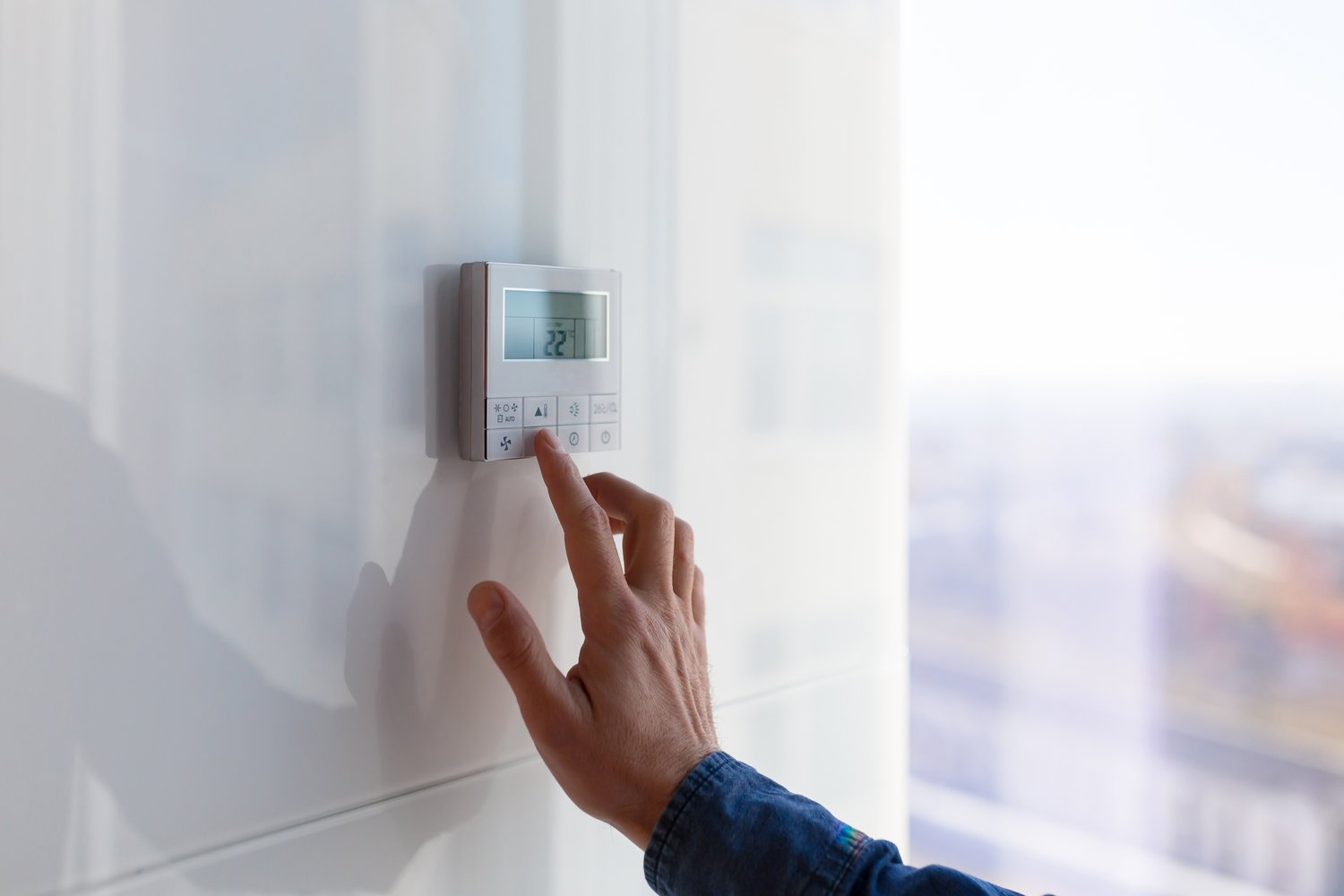Selecting the appropriate size for your home’s heating and cooling system is one of the most critical decisions you’ll make for your comfort and energy bills. Many homeowners don’t realize that HVAC sizing isn’t a one-size-fits-all situation—it requires careful calculation based on your specific home characteristics. This article explains the importance of proper HVAC sizing using Manual J load calculations, details the problems that come with incorrectly sized systems, and offers guidance on how to ensure your home gets the right-sized equipment for optimal performance.
Understanding Manual J Load Calculations
Manual J is the industry standard method for determining the heating and cooling requirements of residential buildings. Unlike rough estimates based solely on square footage, a Manual J calculation takes into account numerous factors that affect your home’s thermal performance. These factors include your home’s orientation, insulation levels, window types and placement, ceiling heights, local climate conditions, and even the number of occupants. This comprehensive HVAC sizing guide Manual J approach results in a precise measurement of how much heating and cooling your specific home needs.
The calculation process identifies the precise British Thermal Units (BTUs) required to maintain comfortable temperatures in your home during peak summer and winter conditions. Professional HVAC technicians use specialized software to perform these calculations, ensuring accuracy that simply can’t be achieved through rules of thumb or general estimates. This detailed assessment is the foundation for choosing right AC size and heating equipment that perfectly matches your home’s requirements.
The Consequences of Improper HVAC Sizing
The importance of proper HVAC sizing cannot be overstated. When systems are incorrectly sized, numerous problems can develop that affect both comfort and cost. These issues typically manifest in different ways depending on whether your system is too large or too small for your home’s needs.
Oversized AC problems are particularly common and problematic. When an air conditioner is too large, it cools the space too quickly in a process called “short cycling.” The unit turns on, rapidly cools the air, and then shuts off before completing a full cycle. This rapid on-off pattern prevents the system from properly dehumidifying your home, leading to clammy conditions and potential mold growth. Additionally, short cycling puts excessive strain on the compressor, leading to premature system failure and higher energy bills despite the unit’s supposedly higher capacity.
Conversely, undersized furnace issues create different but equally frustrating problems. A heating system that’s too small for your home will run constantly as it struggles to reach the desired temperature. This continuous operation accelerates wear and tear on components while still failing to provide adequate comfort. During extreme weather, the system simply cannot keep up, leaving you with a perpetually chilly home and sky-high utility bills. The same principle applies to air conditioners that are too small—they run continuously without adequately cooling your space.
Long-Term Benefits of Proper System Sizing
Taking the time to ensure proper HVAC sizing through accurate Manual J calculations offers substantial benefits throughout the lifespan of your system. A correctly sized system operates efficiently, cycling on and off as needed to maintain consistent comfort while minimizing energy consumption. This results in lower monthly utility bills and reduced environmental impact—a win-win scenario for your wallet and the planet.
Beyond energy efficiency, properly sized systems tend to have longer operational lifespans. When equipment isn’t constantly overworking or short cycling, components experience less stress and wear out more slowly. This translates to fewer repairs and a longer interval before replacement becomes necessary. The initial investment in professional sizing services through AskHomey pays dividends through years of trouble-free operation and lower lifetime ownership costs.
Finding Professional Help for System Sizing
While there are simplified online calculators available, proper Manual J calculations require professional expertise and software. HVAC contractors trained in load calculations can provide this service as part of their installation process. When selecting a contractor, always ask about their approach to system sizing and whether they perform Manual J calculations before recommending equipment.
It’s worth noting that some contractors might skip this crucial step or use oversimplified methods to save time. However, the minor additional cost for proper sizing pales in comparison to the long-term expenses associated with an improperly sized system. Qualified professionals understand that accurate sizing is the foundation of a successful installation that will provide comfort and efficiency for years to come.
Proper HVAC sizing represents one of the best investments you can make in your home’s comfort system. By ensuring your equipment perfectly matches your home’s specific needs, you’ll enjoy optimal comfort, lower operating costs, and a system that performs reliably season after season.
For more tips and to connect with reliable home service professionals, follow AskHomey on Facebook and Instagram.



